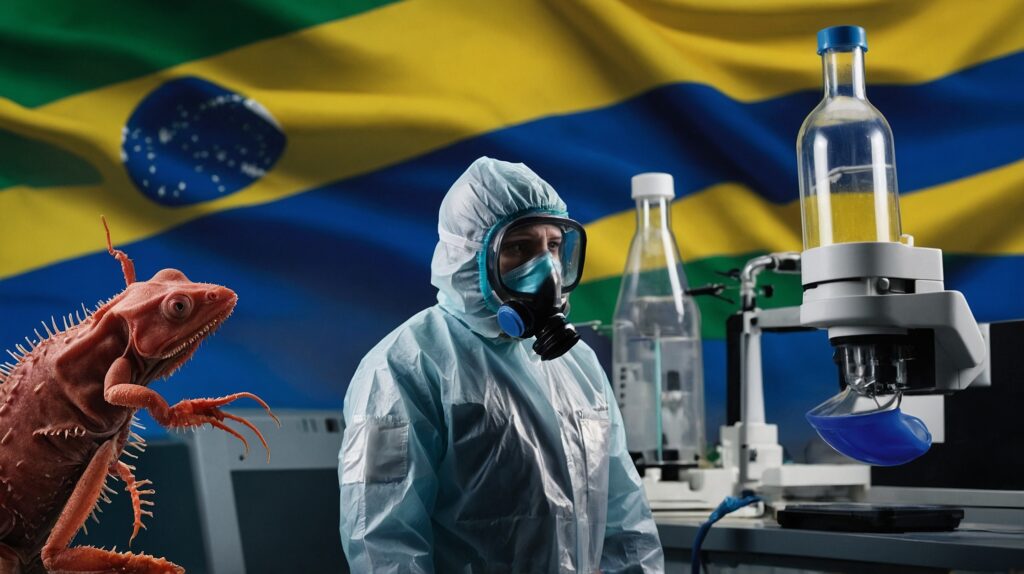
In a leap for scientific research in the South American continent, Brazil has started building a state-of-the-art biosafety level 4 laboratory. This facility will be called Orion and is thus poised to be the first maximum-security biosciences laboratory in Latin America, marking a pivotal moment in how Latin American countries can study and respond to dangerous pathogens.
A Crucial Step in Pandemic Preparedness
The go-ahead to build Orion is timely, as the international scientific community recognizes that advanced facilities are urgently required. In light of the increasing regularity of epidemic outbreaks during the past century, the ability to study live viruses in a safe environment and to work on developing a vaccine or treatment has been a top priority.
Such a facility is indeed needed in Brazil, comments Dr. Flávio Fonseca, a virologist at the Federal University of Minas Gerais. Surrounded by the Amazon rainforest, Brazil should take first place in emerging pathogenic candidates. The more people expose themselves to areas that humans never used to approach, the higher the chance of finding those viruses.
Orion is something more than just a BSL-4 lab. Its planned integration with a synchrotron particle accelerator places it in a category of one globally. For the very first time, this is going to allow researchers to employ high-powered radiation in imaging for advanced insights into pathogen structures and infection dynamics.

However, from a technical point of view, integration is highly difficult. The team at the CNPEM works hard that such obstacles are overcome by developing solutions that hold the integrity of both the high-security environment and precision in imaging equipment.
Training and Regulation: Building a Framework of Safety
Being the first of its kind in Latin America, Orion has to train personnel to work within such a highly specialized environment. Secondly, sound development of the regulatory framework is all the more necessary for providing adequate oversight into probably dangerous experiments.
Tatiana Ometto, CNPEM’s high-containment biosafety expert, herself recognizes that Brazil does not have a formal system of oversight over BSL-4 experiments today, but Orion has sparked discussions at the governmental level. A working group has been put in place inside the Ministry of Health to oversee the elaboration of directives and protocols needed.
Economic Considerations and Future Prospects
The construction of Orion represents a huge investment, and the Brazilian government has already committed some US$180 million to the project. Though there are some in Brazil who feel that such an outlay is not judicious in a country that has so many more pressing research needs, the proponents of the telescope feel that the long-term benefits outweigh the costs by far.
Dr. Antônio José Roque da Silva, the director of CNPEM, says Orion costs much less to construct than similar facilities anywhere in the world. But “maintaining and operating the facility has always been a headache when it comes to finding the money,” he adds.
A New Era for Latin American Bioscience
Despite the fiasco, Orion is the beginning of a new era for bioscience research in Latin America. Offering local researchers safe ways to study dangerous pathogens, Brazil seeks to be at the leading edge of worldwide efforts to understand and defeat infectious diseases.

As construction approaches the expected completion date of 2026, the scientific community, both in Brazil and internationally, eagerly awaits this new addition. Orion has all the potential in the world to change the whole paradigm of pathogen research in South America, offering new hope in the ongoing battle against infectious diseases.
